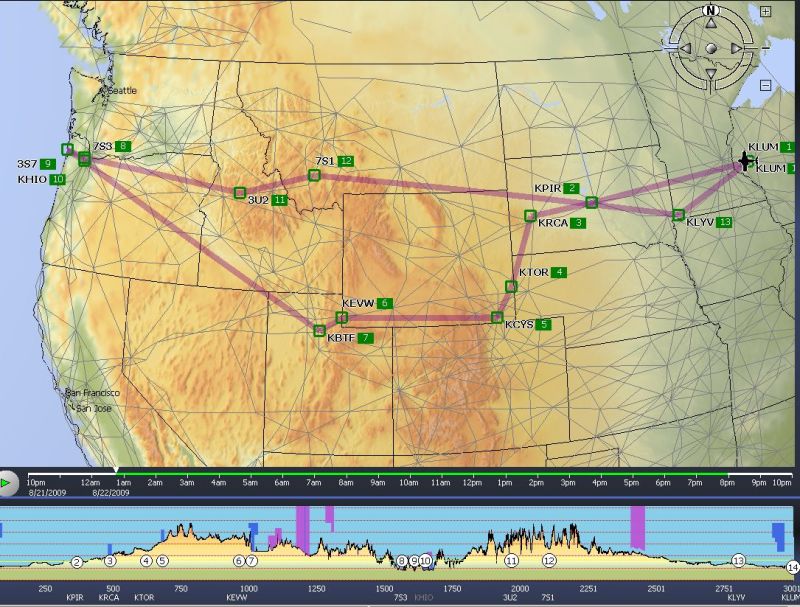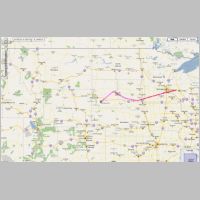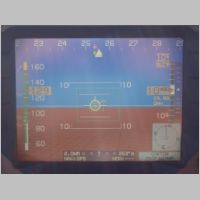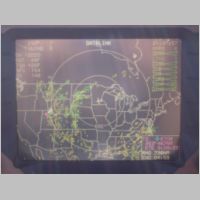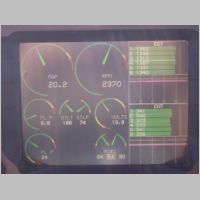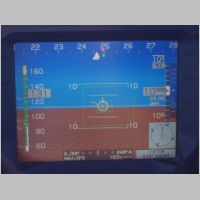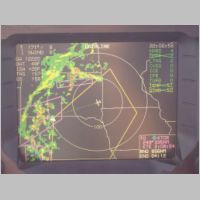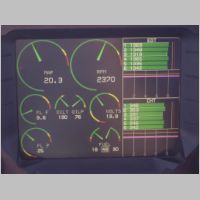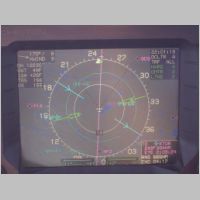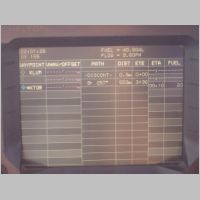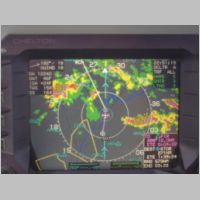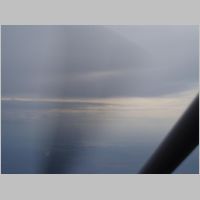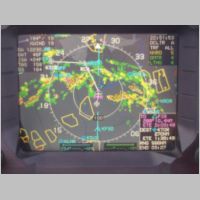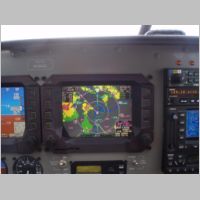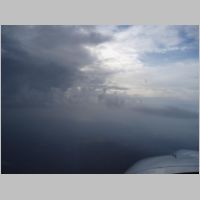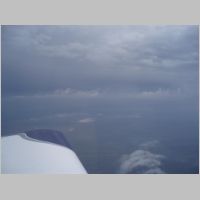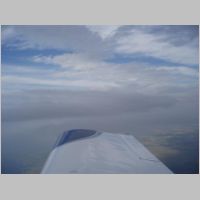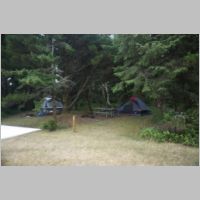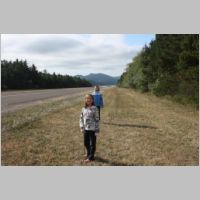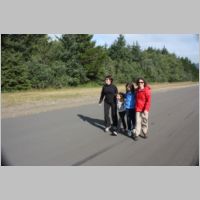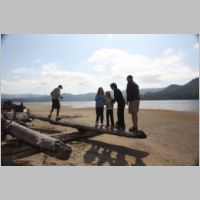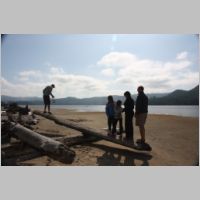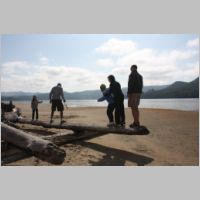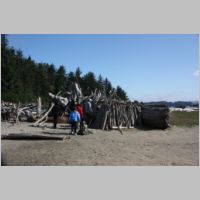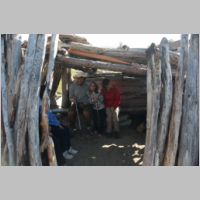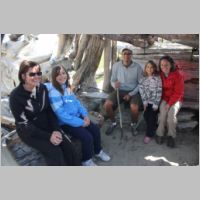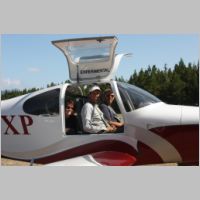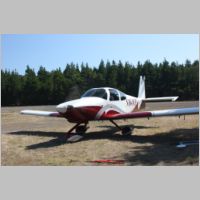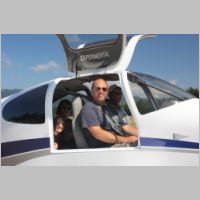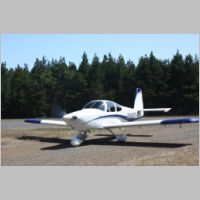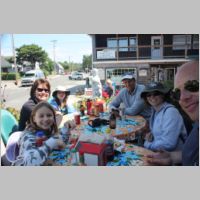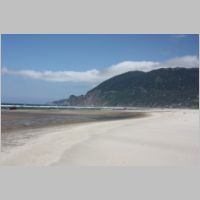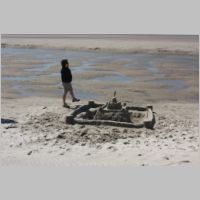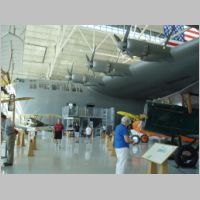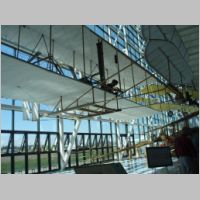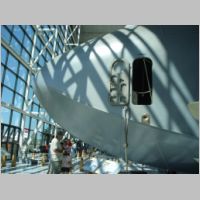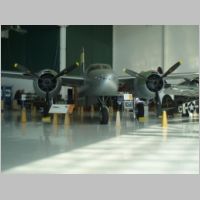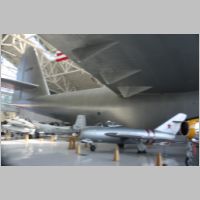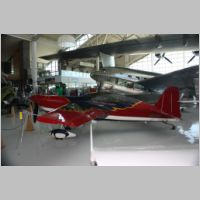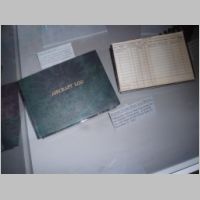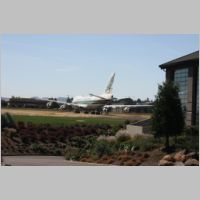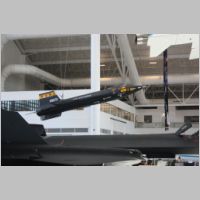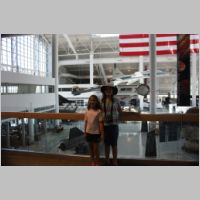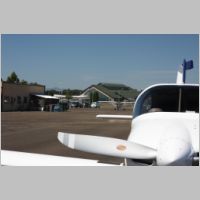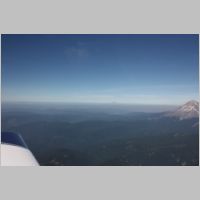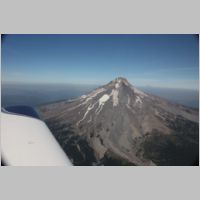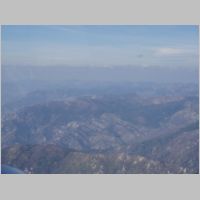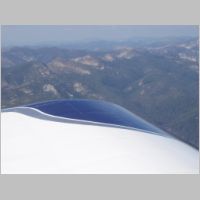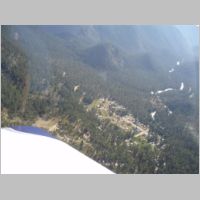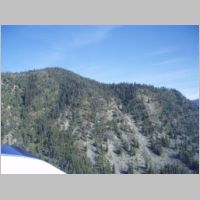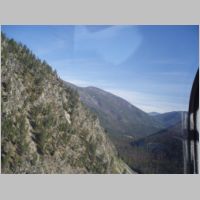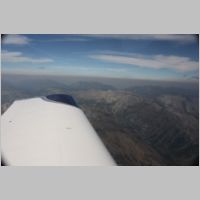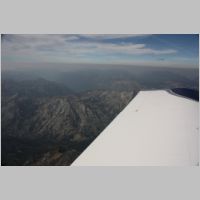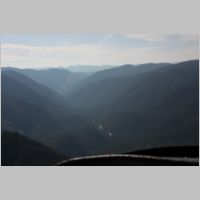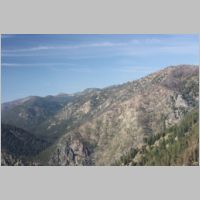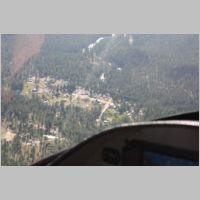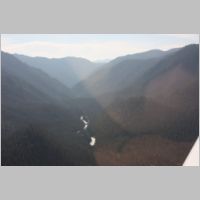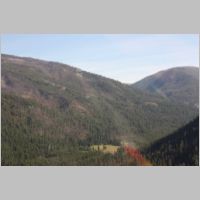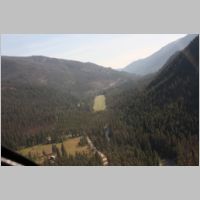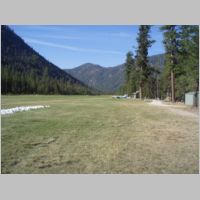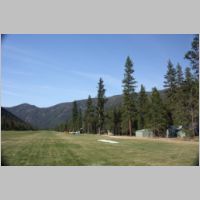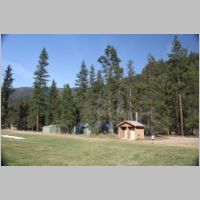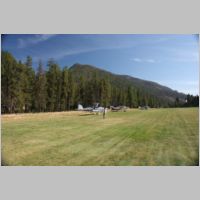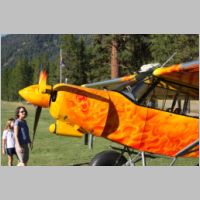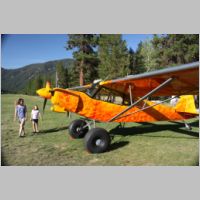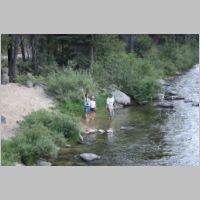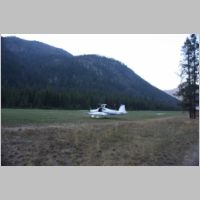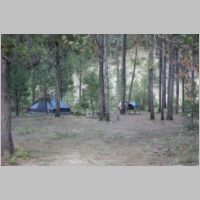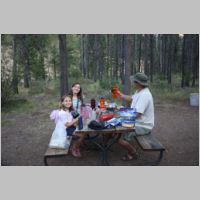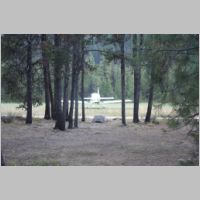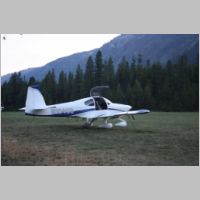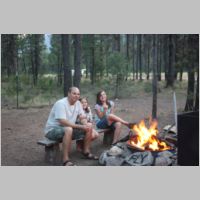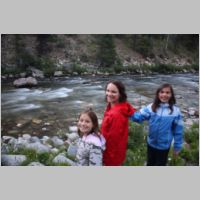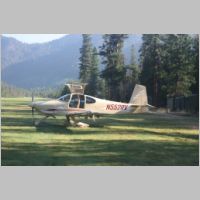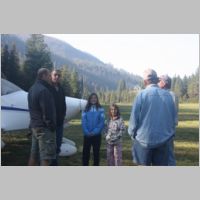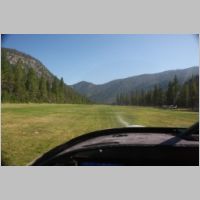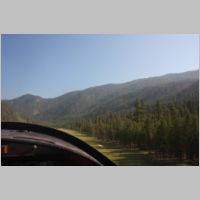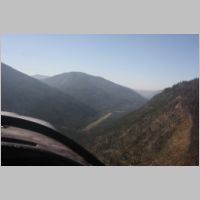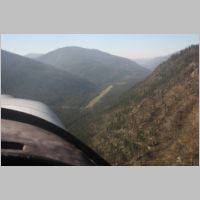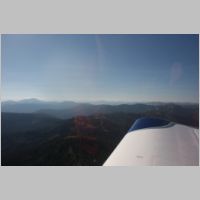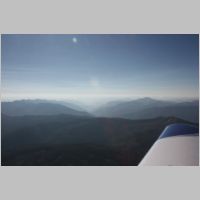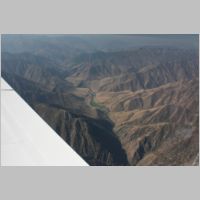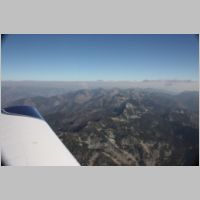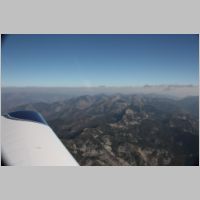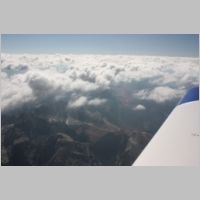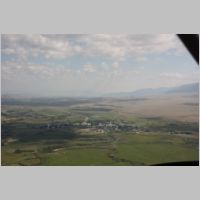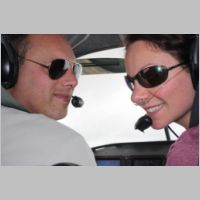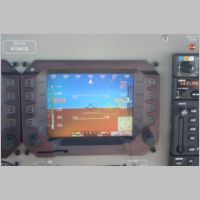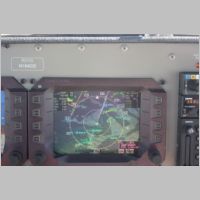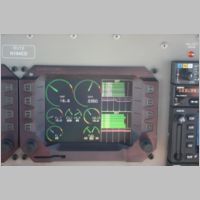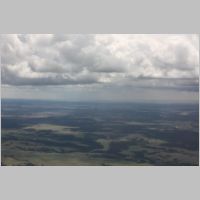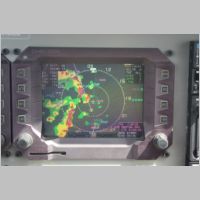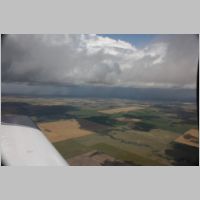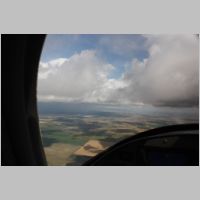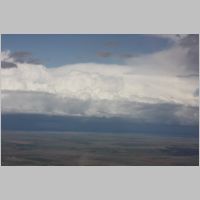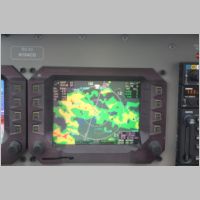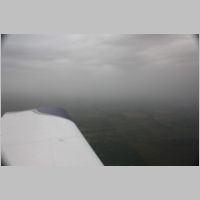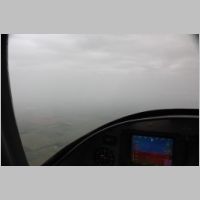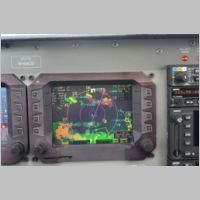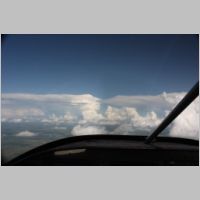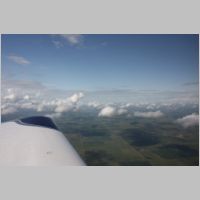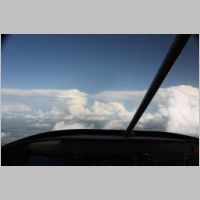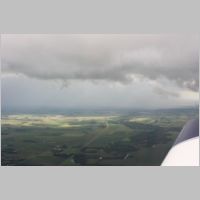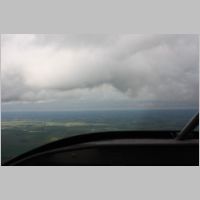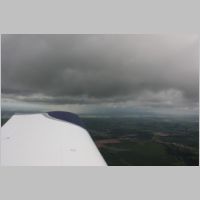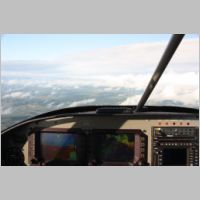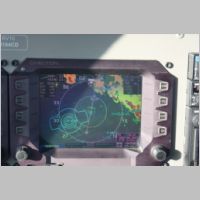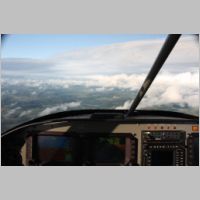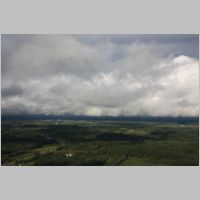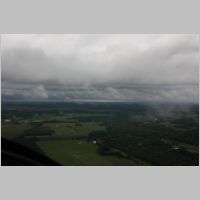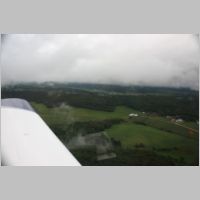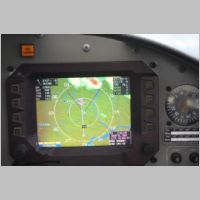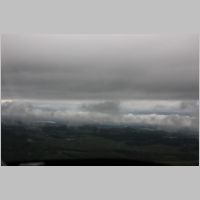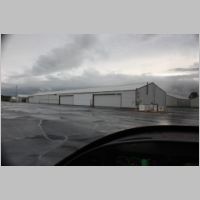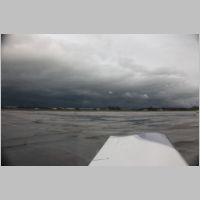Traveling To Oregon - More Lessons In Weather
Completed 8/19/09 - Hobbs 539.8 EndThis trip provided many more weather experiences, and tons of fun to go along with it. When we departed for this trip, we still had not had a complete idea of exactly where we would go, or what we would do. That's a huge beauty of flying your own aircraft...you can choose where and when to go, and you can flex the destinations as you need, to fit either a schedule, or a desire. We often don't know exactly where we're heading until the night before or even the morning we depart, because if the weather looks bad in one direction, we just change our direction. In this particular case, I was fighting two completely different goals...one was to backpack on one of my favorite islands....Isle Royale National Park up on Lake Superior (If you haven't ever been there it's a huge "must do" experience if you like hiking, boating, and camping), and the other goal was to get out to either Oregon (to visit friends), California (for a one-day trip to San Francisco), Idaho (To do some backcountry flying/camping), and along the way swing by Salt Lake City to stop and see some great flying pals, the Schmidts. So our goals had nothing to do with going East, but had huge implications due to the weather. Before the trip we purchased a pile of Kelty Red Cloud Backpacks, and a bunch of backpacking supplies, with the idea that we could use them at Isle Royale as you have to pack in all your clothes and for the most part be self-sufficient for 3 or 4 days, and then pack everything back out again. That kind of fit with our travel goals for flying West, too, in that we could use the same gear (although we'd not hike far) if we traveled to Idaho and other areas. With the kids being 8 and 10, it's time to get them out on some more survival type trips, and get them used to a little bit more rugged travel conditions...Yeah yeah yeah, I admit it...part of it is that I want to finally live out some of the things I never got to do when I was a kid. So for the 2 days before the trip, we purchased and organized gear and planned the equpiment side of things. Unfortunately, to keep things complicated, the weather turned bad the night before our trip and knocked the power out for 12 hours, making departure day filled with more things to deal with. The result was that other than some pre-preparation of the gear, the clothes packing and organization would have to be done within about 30-60 minutes of time just before we were to leave. One girl had a birthday party to go to, so we couldn't leave until after 2pm CST, which also makes travel time a little bit tighter. Can you say "Threw it all together at the last minute"? But that's OK....as long as you get your weather and route briefing, you are good to go just about anywhere, on a moments notice.
And so we boarded the plane at about 3pm CST for our adventure...
Day 1 - Wisconsin to Utah
Day 2 - Utah to Oregon
 |
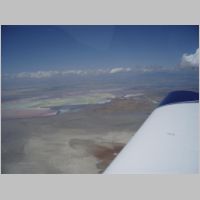 |
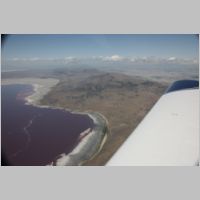 |
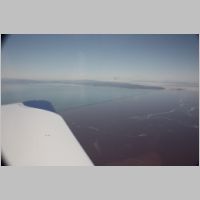 |
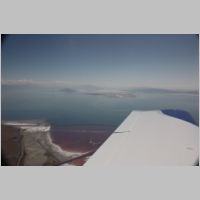 |
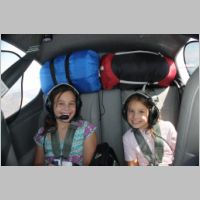 |
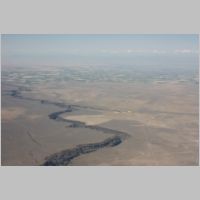 |
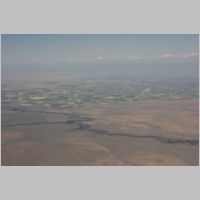 |
| With
a night of sleep behind us, we took a lazy morning of breakfast and
hanging out with the Schmidts and then planned our next move.
Scott had stopped in at Nehalem Bay State Park on the ocean shore of
Oregon way back when he did his transition training, and that sounded
like a great place to go to us! We had brought all that camping and
backpacking gear anyway, so lets go use it. A quick flight planning
session showed we could do the trip in about 3.75 hours. One minor
issue....if you're running ROP, you would need to either very carefully
monitor your fuel useage, or at least be real diligent about planning
your fuel burn or fuel stops. Problem easily fixed though by my
favorite method....just run LOP (Lean of Peak)! Check out THIS WRITE-UP I did
around this same flight timeframe, for more info on LOP flying. Using
Lean of Peak cruise, we were easily able to do the trip with
plenty...and I mean plenty of fuel to spare. I think we had nearly 2
hours of extra fuel left upon landing....so we had something like a
5.75 hour fuel range at our LOP burn rate. We flew the trip
largely at 10,500' and averaged 9.5 approximate gph for Scott, and 9.7
for us....Scott having a bit less weight on board so he throttled back
slightly for me. We departed directly over the Great Salt Lake, which really has a terrible look to it in color. I imagine if we had to ditch there that not only would we not sink, but the plane would corrode from around our bodies and make it easy to make an evacuation. We flew along to Oregon, passing over the Snake River, and seeing some great sights along the way. Surprisingly, the empty area between Salt Lake City and Portland seemed to have some pretty good ADS-B coverage at times, as I picked up some various traffic targets nearby, from my NavWorx/Chelton system. |
|||
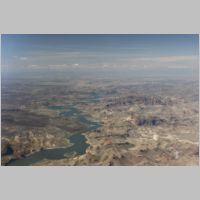 |
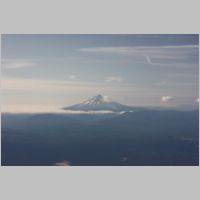 |
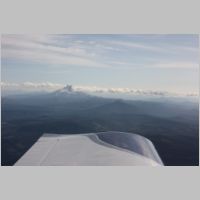 |
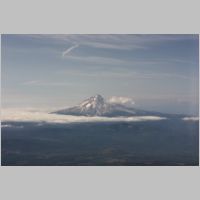 |
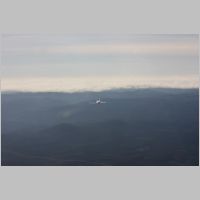 |
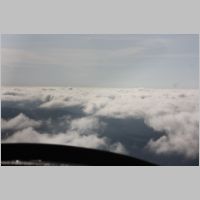 |
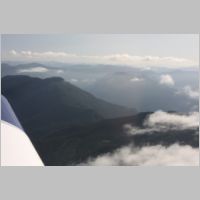 |
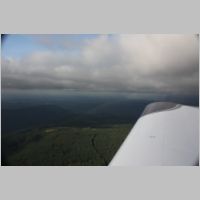 |
| As
we approached the Portland area, we could see Mount Hood off to our
Right side, and Mt. Jefferson off to our Left side. The next time I'm
out that way (which I hope won't be too awful long from now), I plan to
fly up and down the Cascades and see all of these beautiful
mountains. Ahead out the front windshield we could see one thing
that was going to get us thinking for a couple minutes....there was a
layer of clouds that started just on the ocean side of the cascade
mountains. You can see from the pictures above that as we got
closer you can easily make out the valleys under the cloud deck, and
the peaks come up to near the cloud layer. As it turned out, we were
easily able to fly down to the lower cloud level, bringing us closer to
the mountain tops, but then head down in the descending valleys of the
mountains and be well under the cloud deck, but remain plenty clear of
terrain. The visibility was great, so it was just a matter of getting
under the deck, and knowing that the terrain drops from many thousands
of feet down to 200' msl at KHIO, it doesn't take much distance to have
the terrain fall away from under your wheels. |
|||
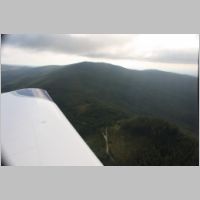 |
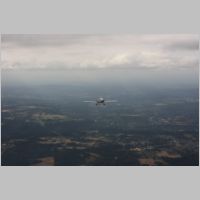 |
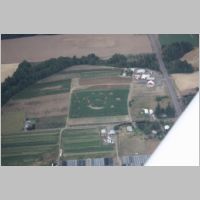 |
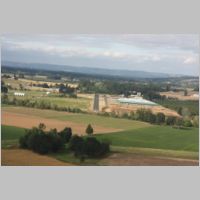 |
| We
stopped over at Twin Oaks airport, 7S3, for some economical fuel and to
meet Ed and say Hi, on our way to 3S7 (Nehalem Bay). Yes, Oregon
does indeed have a 7S3 only a few miles away from a 3S7.....talk about
a recipe for confusion. We quickly topped off and loaded back up
for another very short flight of maybe 15 minutes or so, to get out to
the Oregon Coast. |
|||
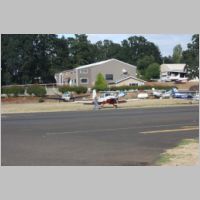 |
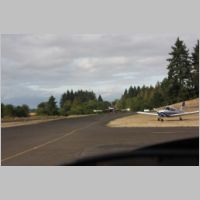 |
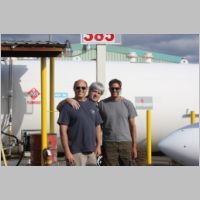 |
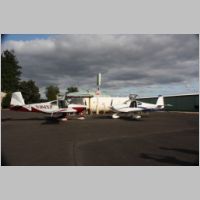 |
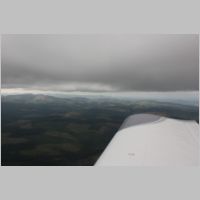 |
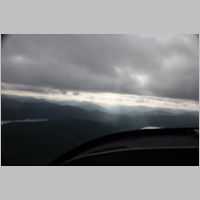 |
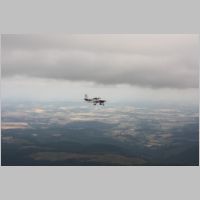 |
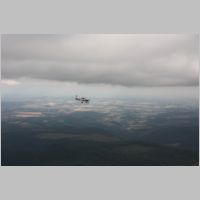 |
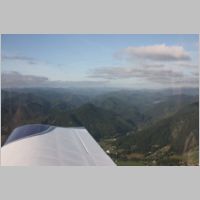 |
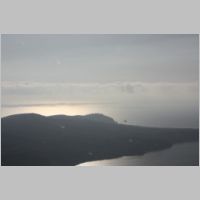 |
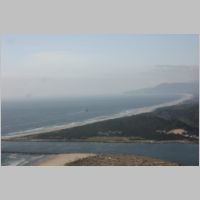 |
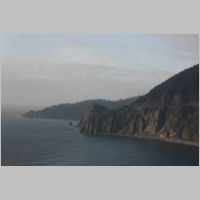 |
| Enroute
to the coast we had to reach another coastal mountain chain, that was
not too far below that same cloud deck. You can see from the photos
that again you have to ride that narrow gap on the way out to the
ocean. Over the water there were no clouds at all. It's a
good thing that regs allow for 1200' AGL or less, clear of clouds
operations, because there are times when the visibility is wonderful,
but you just need to get closer to the terrain and clouds to easily
pass to your destination, or to better conditions. So we zipped
over the hills popped out over the coast into some beautiful skies and
over an awesome shoreline. We aimed for Tillamook airport to get
to the shoreline, to see the large blimp hangar there, and then turned
North over the shore to go to Nehalem Bay. As we flew along
though, we decided to go see more shoreline so kept going North for a
while first to do some sightseeing, and then came back south to land. |
|||
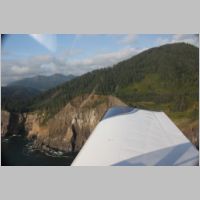 |
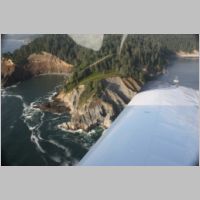 |
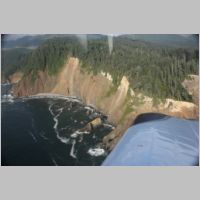 |
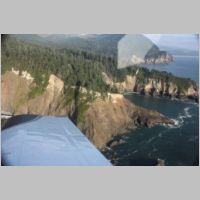 |
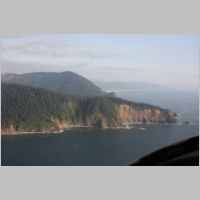 |
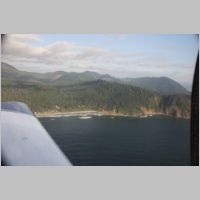 |
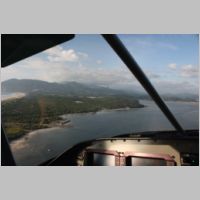 |
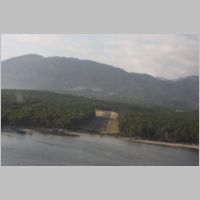 |
| As
you can see from above, Nehalem's runway is approached over the water
of the bay. It's a real scenic approach and a very nice little strip.
Once down, we turned around and taxiied back and picked out 2 nice
little campsites, #1 and #2, and there were only a couple other planes
there. We set up our tents, and enjoyed how awesome it was to be
camping by air, right next to the Ocean, on the Left side of the United
States. |
|||
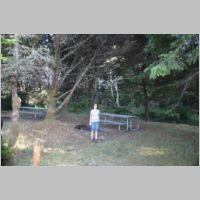 |
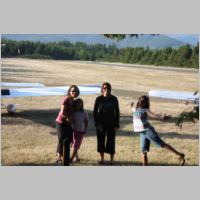 |
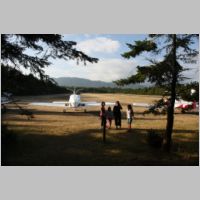 |
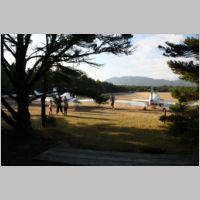 |
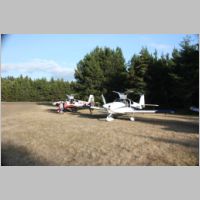 |
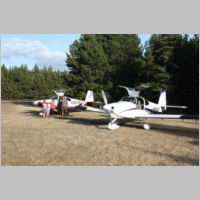 |
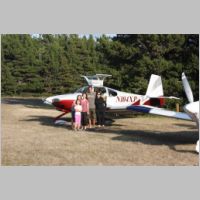 |
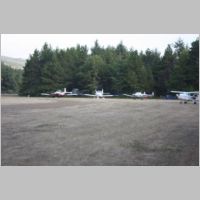 |
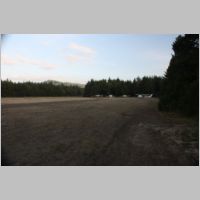 |
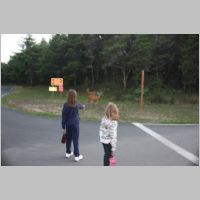 |
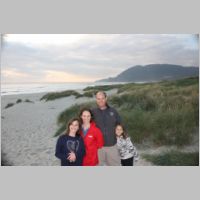 |
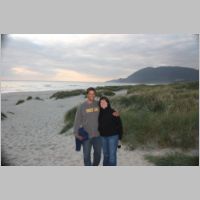 |
| After
we were set up for the night, we decided to walk out to the beach and
see the ocean. We ran into 3 deer on the way, and then walked on the
sand for a while. I had to shoot a photo of my turbulence scrape, for
posterity. We headed back to camp and got a campfire going.
NeHalem bay has firewood available for sale, and they delivered it for
us. It's also just a short walk to town and there are plenty of
restaurants there too. For dinner though, we had packed a bunch of
Mountain Home dehydrated meals, and so we boiled up some water and
enjoyed some Lasagna, Spaghetti and meatballs, and some Chicken
Stew...all of which were very good tasting. |
|||
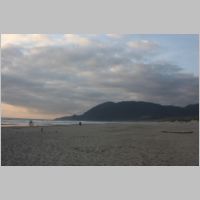 |
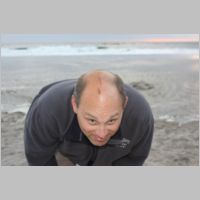 |
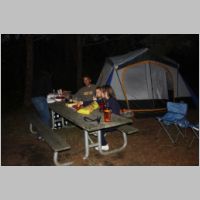 |
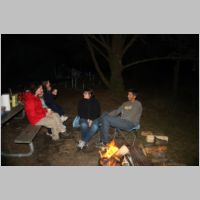 |
Day 3 - Back to KHIO
Day 5 - Mc Minnville's Evergreen Museum and flying to Idaho's "Johnson Creek"
Day 6 - Home from Idaho
Another successful trip, yet the weather didn't want to be nice on either the way out or the way back. Navigating around the weather is not something to take too lightly, but with care and equipment it can make the difference between getting there, and 3 extra nights in a hotel. Also, there are times where an instrument rating is your tool to making a trip "makeable" instead of impossible.....but there are times when flying on instruments near weather doesn't make it safer...it makes it more dangerous. This trip was one that we did the entire thing VFR, because around storms you're often safest to be lower, where you can see everything around you. The key to being able to make X/C trips work is never being afraid to do the 180 degree turn, and don't wait too long to do it. As long as you know that a quick turn back will put you at an airport that won't be pummelled by weather, you can usually put a few more miles on and take another look. The Radar sometimes makes the trip look impossible if you look at it on a wide range scale....but when you zoom in you can see many ways around. I can't even imagine flying x/c the way I used to....wx in the cockpit has to be about the #1 safety tool you can have. Autopilots and instrument ratings are great too.
3000nm +, and we're done with another vacation. The engine burned only 1 to 1.25 qts of oil over this whole distance, too!
